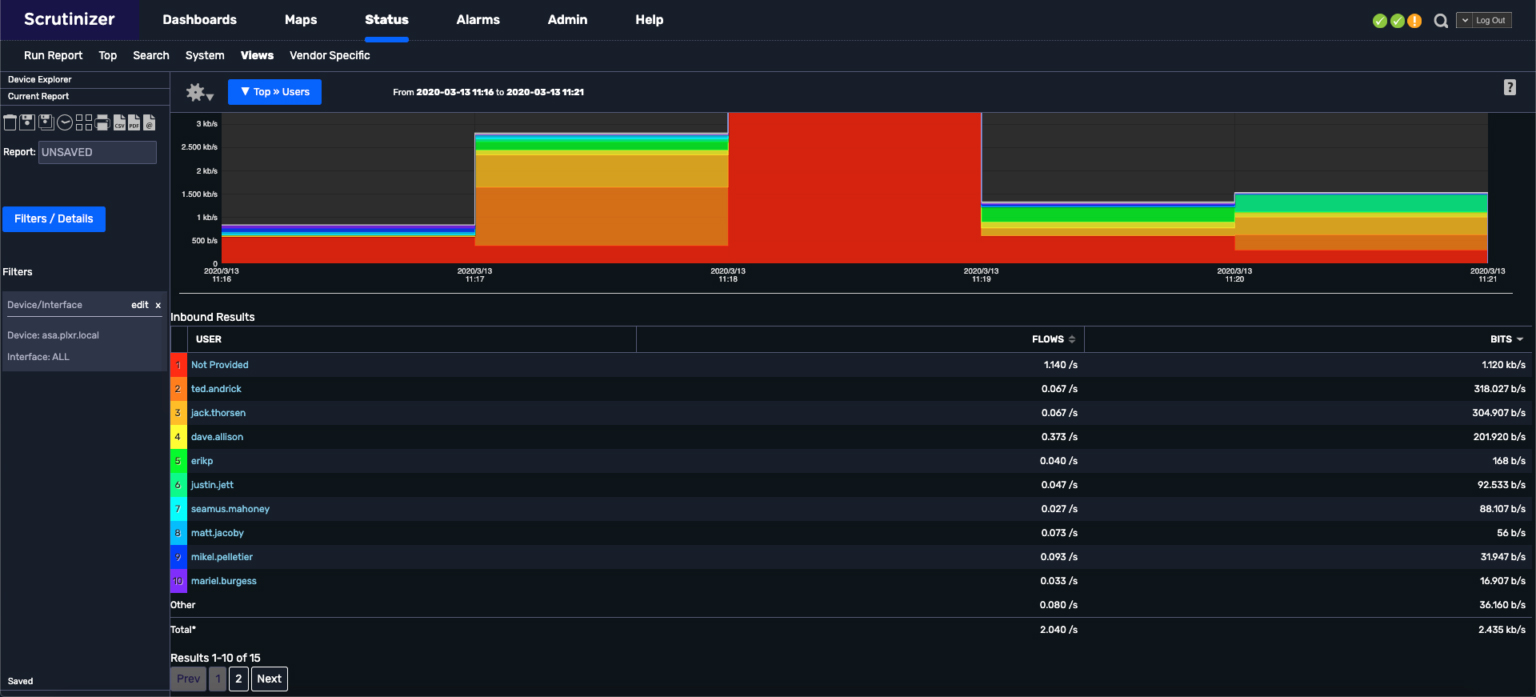The coronavirus pandemic has, overnight, required seismic shifts in how we live, socialise and work. The next weeks and months are uncertain. What’s known today, however, is that for organisations to remain operational during this crisis, unprecedented changes in network policy and structure are required. Whether by mandate or choice, millions of employees that have never before done remote work must now do so. The onus is on network managers – and networks – to facilitate this shift, providing both a means for sustainable and reliable connection to the company network and, against the resulting influx in demand, the network’s performance.
A new reliance on VPNs
Many are turning to the use of VPNs (Virtual Private Networks) to facilitate this new way of working, and to maintain network security amidst a remotely distributed workforce. VPNs allow company employees to connect to the company network remotely and, in principle, from any location. Significantly, they enable remote workers to access the company network as if they were on-site. While the traffic is different, the user experience is the same, which is critical for minimising disruption to operations.
VPNs are an extension, in other words, of private networks, which use a different type of encryption. But with this shift comes new network vulnerability. Because the encryption is different, VPN connections are traditionally more difficult to monitor. This is doubly the case when homeworking turns prolific; when it becomes the norm rather than the exception.
Monitoring VPN traffic
VPNs aren’t always ideal solutions, but they’re an ideal solution to an imperfect problem: how do organisations change to remotely coordinated structures in a matter of weeks or, even, days?
Luckily, thanks to Plixer, the use of VPNs do not have to come at the price of network monitoring. With Scrutinizer by Plixer, organisations can now monitor VPN traffic, whether through a split tunnel or a no-split tunnel. Information collected from VPNs can be vast, ranging from simple network connection details to advantage analytics, such as TLS certificates and GeoIP information.
Knowing who is connected to your network is essential – more so when there’s an expectation for many VPN connections, but an inability to tell which is which. Additionally, you need to know what your employees are doing once connected, the bandwidth they’re using and whether there’s any recurrent connection to non-work-related sites.
Scrutinizer by Plixer

All of this comes possible with Scrutinizer by Plixer. From Scrutinizer’s network status panel, each user-VPN connection is visible and, through that, the connections (sorted by name) using the most bandwidth can be monitored. If the traffic isn’t split, and all the information is coming through the VPN connection, then you’ve now got detailed insights into the usage behaviours of that employee.
A remote structure doesn’t have to mean a drop in insight; it only means that new solutions are required, to extend your network monitoring capability to VPNs, ensuring traffic through all connection types is accounted for.
When the traffic is split, however, you’ll want to decide what type of VPN is being used, and whether to prioritise insight or performance. More traffic going through the VPN means more insight, but also more bandwidth. Naturally, you don’t need to see everything. You won’t need to see whether an employee is connected to Netflix, for example, so that traffic doesn’t need to be routed. The traffic to prioritise is that which is required by employees to do their job effectively, and access the necessary resources.
These are challenging times. Faced by the coronavirus pandemic, the tools used to monitor network traffic and maintain security will need to be revised, especially as network structure and the means of connection evolve. For more information on monitoring VPN traffic through Scrutinizer, contact us today. We can provide the information you need to get started, identify how to gather the most useful VPN traffic information, and help prepare your organisation prepare for the upcoming months.

